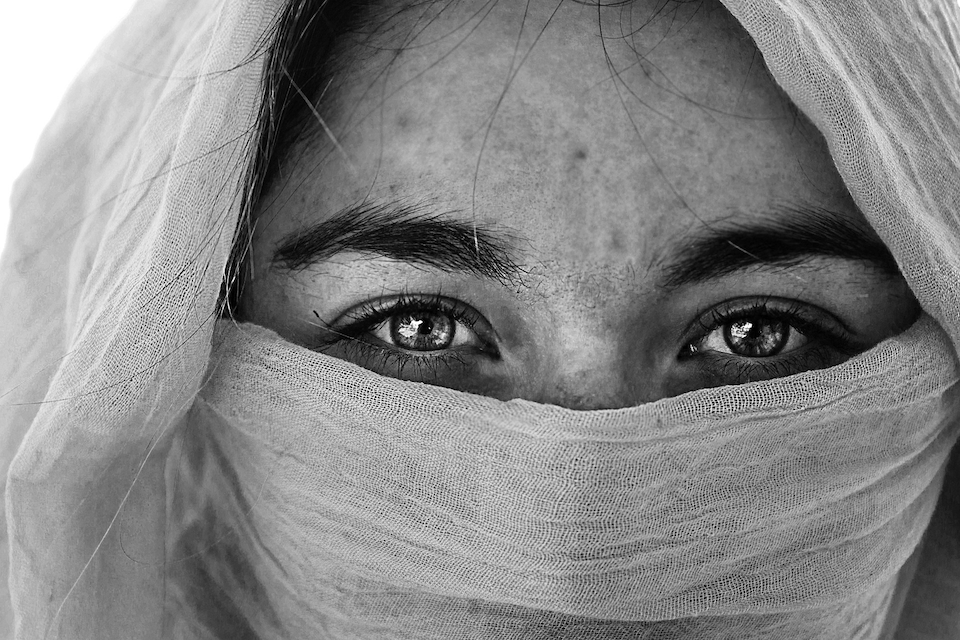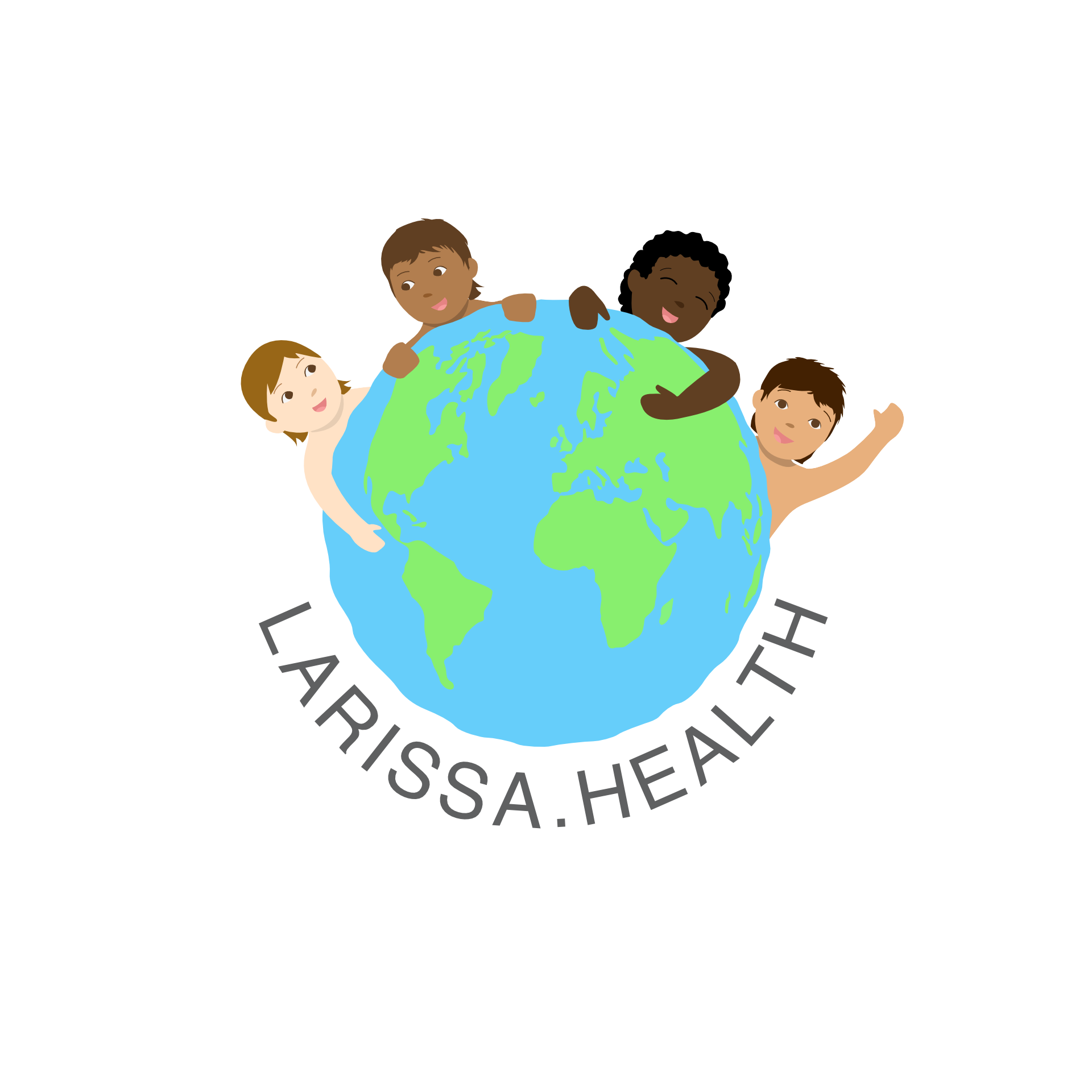Providing Access to Maternal Care in Afghanistan’s Remote Villages
UNHCR has initiated a midwifery program to train young women in remote Afghan villages, aiming to improve maternal and child health outcomes.
Afghanistan is one of the countries with the highest maternal and child mortality rates in the world. Pregnant women in remote villages often lack access to medical care, which can result in fatal outcomes during childbirth. The UN Refugee Agency (UNHCR) has initiated a program to train young women from these villages as midwives, with the hope of improving maternal and child health outcomes in the region.
In the village of Foladi in the Bamiyan province, Aziza Rahimi mourns the loss of her son, who died last year due to complications during childbirth without access to medical care. The village, surrounded by snow-covered mountains, presents deadly obstacles for pregnant mothers. The narrow road leading to the village is often blocked by snow, making it impossible to access hospitals or trained healthcare personnel.
 Photo by Pexeles
Photo by Pexeles
However, there may be a potentially life-saving solution for Rahimi’s village. It is one of several in the Bamiyan area that has sent 40 young women for a two-year midwifery training program in the provincial capital. After completing their training, these midwives will return to their hometowns to support pregnant women in their communities.
Afghanistan’s maternal and child mortality rates are among the highest in the world. The UN estimates that an Afghan woman dies during childbirth every two hours. The midwifery program was initiated by the UNHCR in collaboration with the Watan Social and Technical Services Association, a local charitable organization. They hope to expand the program to the neighboring province of Daikundi.
Since taking power in 2021, the Taliban has excluded women from universities and most charitable jobs. However, exceptions have been made for the healthcare sector. According to the UNHCR, local health authorities support the midwifery project.
“When the roads are blocked, there is no transportation,” says Mohammad Ashraf Niazi, head of the UNHCR office in Bamiyan. Sometimes people bring patients to clinics on donkeys, but sometimes there is not even that option.
Rahimi, who has five other children, was unable to ride a donkey when she went into labor four months ago in the middle of the night. Bleeding, she stumbled for two hours to her in-laws’ house after her husband couldn’t find a car or ambulance to take her to the hospital. She gave birth to her child there, and it died shortly afterward. It was too late for an ambulance.
In the Bamiyan city hospital, expectant mothers have much better conditions. The trainee midwives work with medical staff there and learn how to assess and assist pregnant women, deliver babies, and provide postnatal care.
“We want to learn and serve the people in our village,” says a 23-year-old trainee who walks two hours to the hospital every day. For security reasons, the young women do not share their names.
Many of the trainee midwives, some of whom have young children themselves, face logistical and financial challenges. They often have to travel long distances or live far from home to participate in the program.
A 20-year-old trainee who has a one-and-a-half-year-old son says she didn’t want to become a nurse or midwife at first. However, her opinion changed after her own pregnancy. She now wants to go to remote villages to treat women who have problems during childbirth.
In remote areas, many women and families lack the information and support they need to prepare for safe deliveries. The midwifery program aims to address this gap and improve maternal and child health outcomes in Afghanistan’s rural communities.
For Aziza Rahimi, who may have more children in the future, this program could mean the difference between life and death.
Source: ntv





